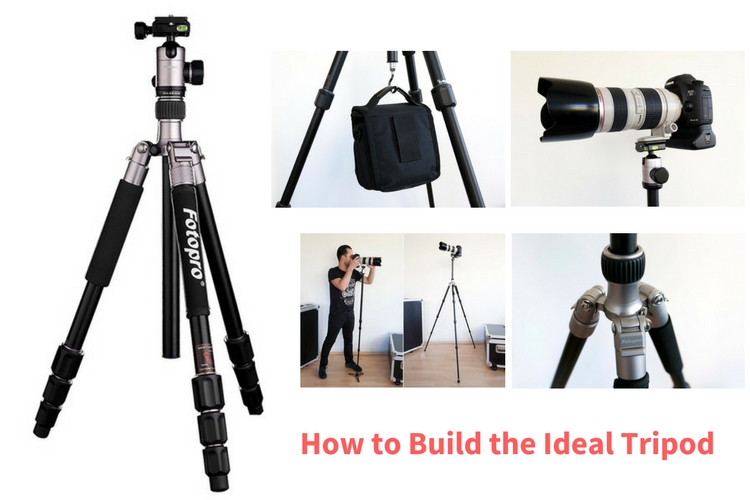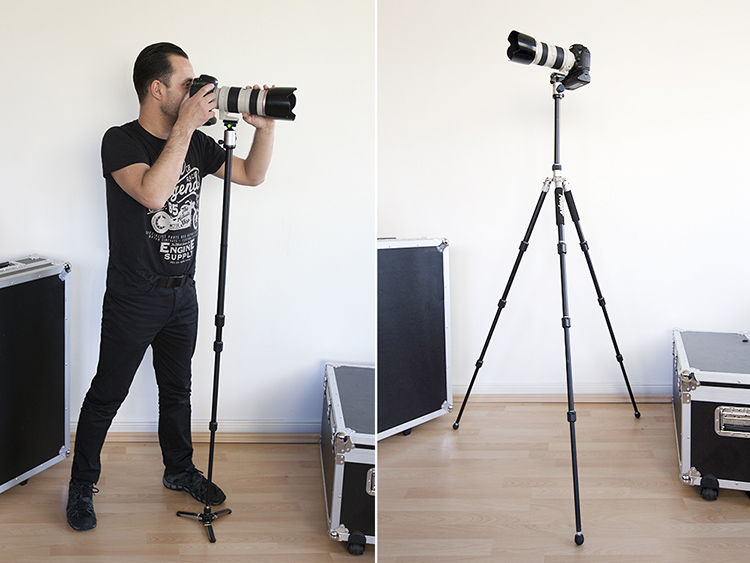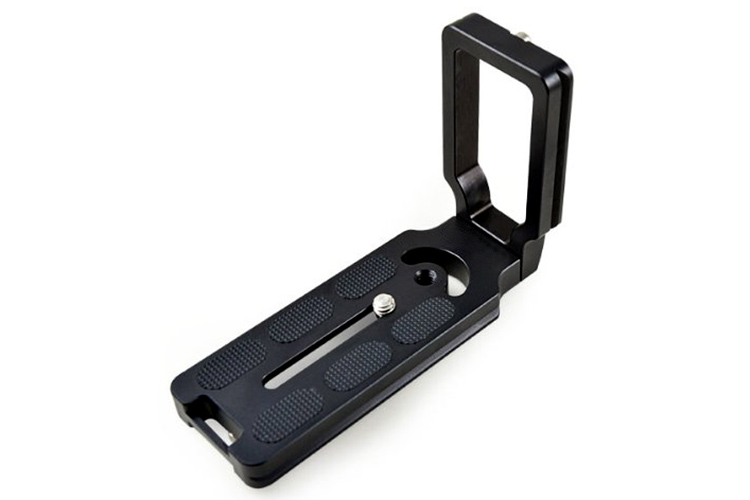$ (document).ready(function() { SampleGalleryV2({“containerId”:”embeddedSampleGallery_3697049869″,”galleryId”:”3697049869″,”isEmbeddedWidget”:true,”selectedImageIndex”:0,”isMobile”:false}) });
The Canon RF 85mm F2 Macro IS STM is a relatively inexpensive telephoto prime lens that’s ideal for both close-up and portrait work. Ostensibly it appears similar in design to the RF 35mm F1.8 IS STM, and together with the RF 35/1.8, should make for a compelling package for wedding photographers wanting to shoot everything from groups to close-up portraits to macro detail shots. The RF 85mm can focus as close as 0.35m (13.8″) and offers a maximum magnification of 0.5x.
Optically, the lens comprises 12 elements in 11 groups, including one UD (ultra low dispersion) element to help reduce chromatic aberrations. On an EOS R or RP, the 85mm F2 offers five stops of image stabilization, but when you attach it to an EOS R5 or R6, with their built-in stabilization systems, Canon claims a benefit of eight stops thanks to the two-way communication between motion and gyro sensors in the camera body and lens. It uses a stepping motor to drive its focus group, so autofocus speeds are unlikely to be as fast as the company’s lenses with Nano USM focus drive systems, and it remains to be seen if focus drive is silent.
The lens is relatively compact, featuring a 67mm filter thread and weighing in at 500g / 1.1lbs. Nine aperture blades aid in producing circular out-of-focus highlights. The lens is not weather-sealed – you’ll need to step up (way up) to the F1.2 version for that.
The Canon RF 85mm F2 Macro IS STM will be available in October for $ 599.
Press release:
THE SECRET IS OUT: CANON OFFICIALLY ANNOUNCES THE CANON EOS R5 AND R6, THE COMPANY’S MOST ADVANCED FULL-FRAME MIRRORLESS CAMERAS EVER
The Company is Also Announcing Four RF Lenses, Two RF Lens Extenders, and a PRO Printer
MELVILLE, N.Y., July 9, 2020 – With anticipation at a fever pitch, Canon U.S.A. Inc., a leader in digital imaging solutions, is excited to introduce the company’s next generation of full-frame mirrorless cameras – the EOS R5 and EOS R6. These groundbreaking cameras are the result of many years of collecting and listening to feedback from Canon users and are sure to meet the needs and demands of a variety of creators. The EOS R5 is a camera designed for professional applications featuring a new 45-megapixel full-frame CMOS sensor and uncropped 8K video recording up to 29.97 fps. The EOS R6 is geared towards advanced amateurs featuring a 20.1-megapixel full-frame CMOS sensor and 4K video recording up to 59.94 fps. The addition of the EOS R5 and the EOS R6 cameras within the EOS R series lineup further solidifies Canon’s commitment to providing the equipment needed for users to bring their content to the next level.
Canon is also introducing four RF lenses and two RF lens extenders: The Canon RF100-500mm F4.5-7.1 L IS USM, Canon RF600mm F11 IS STM, Canon RF800mm F11 IS STM, and RF85mm F2 MACRO IS STM lenses. All four new lenses were designed to meet the ever-expanding demands of the skilled creatives who capture amazing imagery using EOS R series cameras, including the new EOS R5 and EOS R6. In addition to the lenses, there are two new RF lens extenders, a 1.4x and a 2x model, allowing for users to take their compatible RF lens focal lengths even farther, and a 13-inch professional printer, the imagePROGRAF PRO-300, to bring photos to life through the power of print.
“For all of the Canon research and development team members who worked tirelessly on the production of these new products, today marks the culmination of a long journey. For those people looking for the next great tools to work with to expand their creative possibilities, the door is now wide open,” said Tatsuro “Tony” Kano, Executive Vice President and General Manager of Canon U.S.A.’s Imaging Technologies & Communications Group. “The industry has asked for new products that can push their levels of creativity to new heights, and we are confident that the EOS R5 and EOS R6, alongside the new lenses, lens extenders, and the pro printer, will fulfill those needs and more.”
Canon EOS R5 and EOS R6
Both the EOS R5 and EOS R6 cameras have the ability to capture the action of a variety of fast-moving subjects with impressive accuracy and speed. When using the mechanical shutter, each can shoot up to 12 fps and up to 20 fps when using the completely silent shutter. Both cameras are the first to be outfitted with Canon’s advanced Dual Pixel CMOS AF II which utilizes up to approximately100 percent coverage of the AF area and EOS iTR AF X incorporating AF tracking algorithms using deep learning technology and enhanced readout speed of the CMOS sensor and processing speed thanks to the DIGIC X image processor. The 1,053 automatically selected AF Zones are made even more potent by the ability to detect the human eye, face or head as well as the eye, face or body of animals such as dogs, cats and even birds. Adding to the feature set is the 5-axis In-Body Image Stabilizer, having coordinated control with Optical Image Stabilizer in IS equipped RF lenses. This provides up to 8 stops of shake correction, a feature that many creators have long asked for from Canon. Both the EOS R5 and R6 cameras come with a new LP-E6NH battery with a higher capacity than the previous model.
As the new flagship model in the EOS R series lineup, the EOS R5 camera has features that pack a punch for a variety of users who create both still and video content. It has a powerful 45-megapixel full-frame CMOS sensor and is driven by the speedy DIGIC X image processor, giving wide dynamic range as well as boasting an ISO range of 100-51,200 that is expandable up to 102,400. In a camera full of eye-popping features, one that really stands out is the ability to record uncropped 8K RAW internal video recording up to 29.97 fps and 8K internal video recording up to 29.97 fps in 4:2:2 10-bit Canon Log (H.265)/4:2:2 10-bit HDR PQ (H.265). The camera can also record 4K internal video recording up to 119.88 fps in 4:2:2 10-bit Canon Log (H.265)/4:2:2 10-bit HDR PQ (H.265). External recording in 4K is also available up to 59.94 fps. When in DCI modes, the 8K and 4K video recording is uncropped and Dual Pixel CMOS AF II is available in all 8K and 4K recording modes. Additional features of the EOS R5 camera include:
- Dual-card slots: 1x CFexpress and 1x SD UHS-II
- Built-in 0.5-inch OLED EVF with approximately 5.76 million dots and a 119.88 fps refresh rate
- 3.2-inch 2.1 million dots vari-angle LCD touch screen
- 5GHz/2.4GHz Built-in Wi-Fi® and Bluetooth Technology with the ability to utilize the image.canon application, as well as optional WFT-R10A wireless file transmitter with Ethernet support
- Enhanced operating controls such as rear-dial, multi-controller • The ability to voice tag photos and videos
- Weather, drip and dust sealing on par with the EOS 5D series
The EOS R6 camera is well-equipped with a host of new features to push the limits of creativity for imaging enthusiasts. The combination of the EOS-1D X Mark III based 20.1-megapixel full-frame CMOS sensor and the DIGIC X image processor produces an ISO range of 100-102,400 and is expandable to 204,800. Internal video recording at 4K is capable up to 59.94 fps or 1080p up to 119.88 fps in 10 bit 4:2:2 Canon Log(H.265) or HDR PQ(H.265). The camera also features a built-in 0.5-inch OLED EVF with approximately 3.69 million dots and a 119.88 fps refresh ratevi. Additional features of the EOS R6 camera include:
- Dual UHS-II SD card slots
- 3-inch 1.62 million dots vari-angle LCD touch screen
- 2.4GHz Built-in Wi-Fi®vii and Bluetooth Technologyviii with the ability to utilize the image.canon application
- Enhanced operating controls such as rear-dial, multi-controller
- Weather, drip and dust sealing on par with the EOS 6D series
Battery Accessory
The optional BG-R10 battery grip accessory will be available for both the EOS R5 and EOS R6 full-frame mirrorless cameras. The BG-R10 accommodates up to two batteries and is compatible with the new LP-E6NH, LP-E6N and LP-E6 batteries. The convenient BG-R10 grip accessory can also improve handling for users while capturing portrait photography.
Canon RF100-500mm F4.5-7.1 L IS USM
The Canon RF100-500mm F4.5-7.1 L IS USM is a high-performance and versatile super-telephoto zoom lens that will find its way into the bags of many photographers. The compact and lightweight lens features optical image stabilization of up to five stops* of shake correction with three different IS modes, including standard, panning and during exposure only. Two Nano USM motors are at the heart of this lens and provide users with high-speed, smooth and quiet auto focus with a minimum focusing distance of three feet. Additional features of the Canon RF100-500mm F4.5-7.1 L IS USM include:
- Rotation-Type zoom ring and torque adjustment allows for precision control and feel
- Customizable control ring that enables photographers to adjust exposure compensation, shutter speed, aperture or ISO
- 12-pin Communication System
- Canon L-Series grade dust and weather-resistant construction with a fluorine coating
- Lens hood with side window allows specialty filters to be adjusted even while Lens Hood is attached
- Compatible with the new 1.4x and 2x RF lens extenders (from 300 to 500mm focal length)
Canon RF600mm and 800mm F11 IS STM
The Canon RF600mm and RF800mm F11 IS STM lenses are the first fixed focal length super-telephoto RF lenses and are incredibly compact and lightweight. The portability of the new lenses is made even greater due to the ability for the lens barrel to retract and lock in place when the lenses are stowed away and not in use. Diffractive Optics technology helps to reduce the necessary number of lenses and greatly diminish the cost of the lenses, making them affordable for a broader group of photographers. Additional features of the Canon RF600mm and RF800mm F11 IS STM lenses include:
- Lightweight – the RF600mm weighs approximately 2.05lb and the RF800mm weighs approximately 2.78lb, respectively
- Compact size, RF600mm measures approximately 7.85inch and RF800mm with measures approximately 11.09inch when retracted, respectively
- Fixed f/11 aperture
- Optical image stabilization of five stops* for the RF600mm and four stops* for the RF800mm of Shake Correction
- Lead screw-type STM enables smooth auto focusing for still-image and video shooting
- Customizable control ring that allows photographers to adjust exposure compensation, shutter speed, aperture or ISO
- 12-pin Communication System
- Compatible with the new 1.4x and 2x RF lens extenders
Canon RF85mm F2 MACRO IS STM
The third RF85mm lens in the RF lineup, the Canon RF85mm F2 MACRO IS STM is compact and lightweight, featuring a bright f/2 aperture helping to capture images that have exceptional bokeh. The lens features a maximum magnification of 0.5x and a minimum focusing distance of 1.15 feet, providing users with macro-photography capability. Additional features of the Canon RF85mm F2 MACRO IS STM include:
- Optical Image Stabilization with up to five stops* of Shake Correction
- Hybrid IS compensates for angular and shift camera shake during macro photography
- Control Ring for Direct Setting Changes.
- 12-pin Communication System
- Nine blade Circular Aperture
RF Lens Extenders
Lens extenders have long been a practical and useful tool for a variety of photographers. That story continues with the introduction of the Extender RF 1.4x and Extender RF 2x. The new lens extenders inherit the same high image quality, precision AF and reliability, such as being drip and dustproof, of EF lens extenders. When used in combination with the newly-released compatible lenses, the capturing range can be dramatically increased, providing consumers with additional use cases for their existing RF lenses.
Canon imagePROGRAF PRO-300
Completing the lineup of professional printer options from 13 inches through 60 inches, Canon also unveiled today the new 13-inch Canon imagePROGRAF PRO-300 Inkjet Printer along with a new Premium Fine Art Rough paper. Providing an improved workflow and high-quality output within a smaller footprint compared to previous models, this new printer excels at professional printing performance. Combined with the new Premium Fine Art Rough paper that features a textured surface to express the depth of an image, the printer along with the paper and new EOS R5 or EOS R6 camera introduces a new powerhouse professional imaging trio that meets creators’ demands.
Pricing and Availability
The EOS R5 full-frame mirrorless camera is scheduled to be available at the end of July for an estimated retail price of $ 3899.00 for the body only and $ 4999.00 for the R5 and RF 24-105mm F4 L IS USM lens kit**.
The EOS R6 full-frame mirrorless camera is scheduled to be available at the end of August for an estimated retail price of $ 2499.00 for the body only, $ 2.899.00 for the R6 and RF 24-105 F4-7.1 IS STM lens kit or $ 3,599.00 for the R6 and RF 24-105mm F4 L IS USM lens kit**.
The BG-R10 battery grip accessory and WFT-R10A are both scheduled to be available at the end of July for an estimated retail price of $ 349.99 and $ 999.99**, respectively.
The RF100-500mm F4.5-7.1 L IS USM lens is scheduled to be available in September 2020 for an estimated retail price of $ 2,699.00. The RF600mm F11 IS STM and RF800mm F11 IS STM lenses are scheduled to be available at the end of July 2020 for an estimated retail price of $ 699.99 and $ 899.99, respectively. The RF85mm F2 MACRO IS STM lens is scheduled to be available in October 2020 for an estimated retail price of $ 599.99 **.
The RF Extender 1.4x and 2x are scheduled to be available at the end of July for an estimated retail price of $ 499.99 and $ 599.99** each.
The imagePROGRAF PRO-300 Printer will be available later in July for a suggested retail price of $ 899.99. Premium Fine Art Rough paper will also be available later in July for a suggested retail price of $ 44.99 for Letter size, $ 109.99 for 13” x 19” inches and $ 169.99, 17” x 22” inches**.
For more information please visit, www.usa.canon.com/virtualproductlaunch
** Specifications, availability and prices are subject to change without notice. Actual prices are set by individual dealers and may vary.
Canon RF 85mm F2 Macro IS STM specifications
| Principal specifications | |
|---|---|
| Lens type | Prime lens |
| Max Format size | 35mm FF |
| Focal length | 85 mm |
| Image stabilization | Yes |
| Lens mount | Canon RF |
| Aperture | |
| Maximum aperture | F2 |
| Number of diaphragm blades | 9 |
| Optics | |
| Elements | 12 |
| Groups | 11 |
| Special elements / coatings | One UD lens |
| Focus | |
| Minimum focus | 0.35 m (13.78″) |
| Maximum magnification | 0.5× |
| Autofocus | Yes |
| Physical | |
| Weight | 500 g (1.10 lb) |
| Diameter | 78 mm (3.07″) |
| Length | 91 mm (3.56″) |
| Colour | Black |
| Filter thread | 67 mm |
Articles: Digital Photography Review (dpreview.com)













































.gif)

You must be logged in to post a comment.